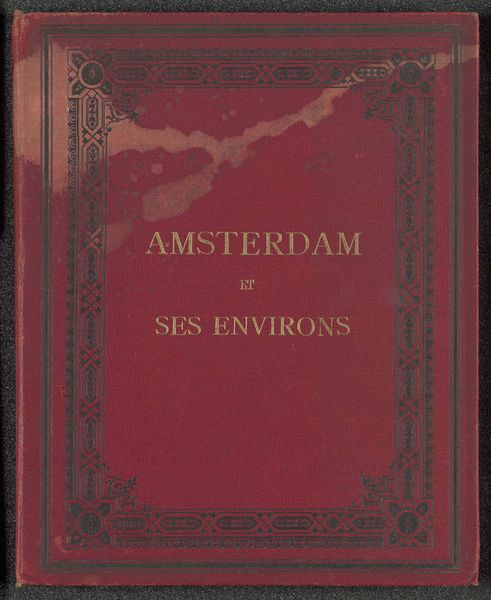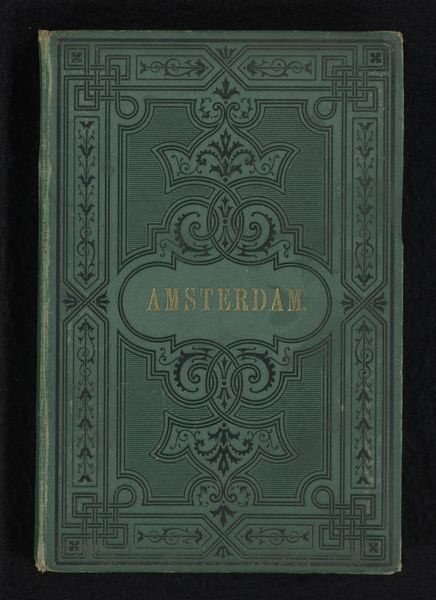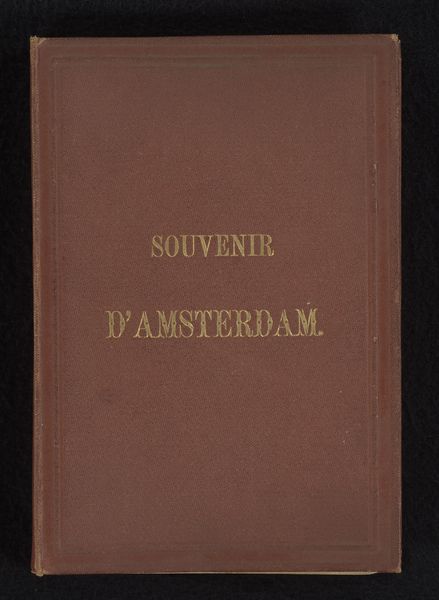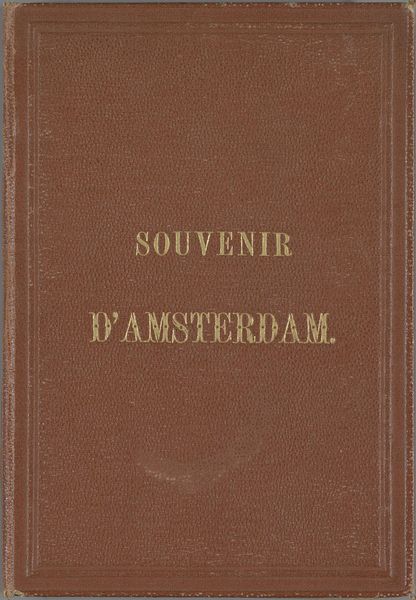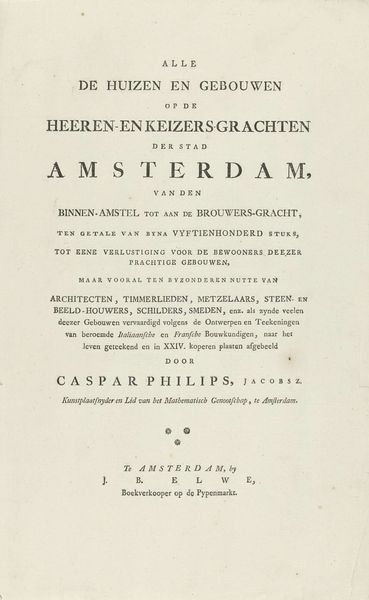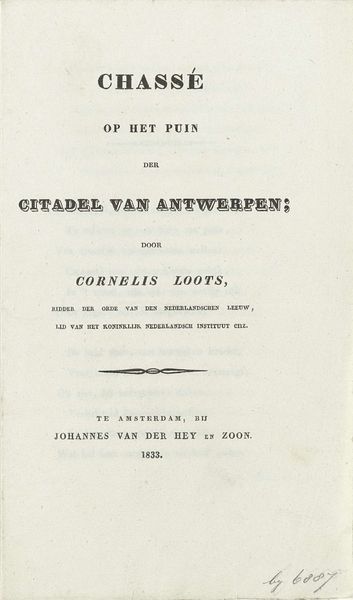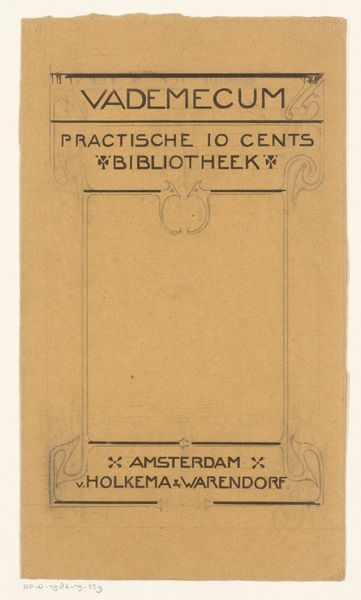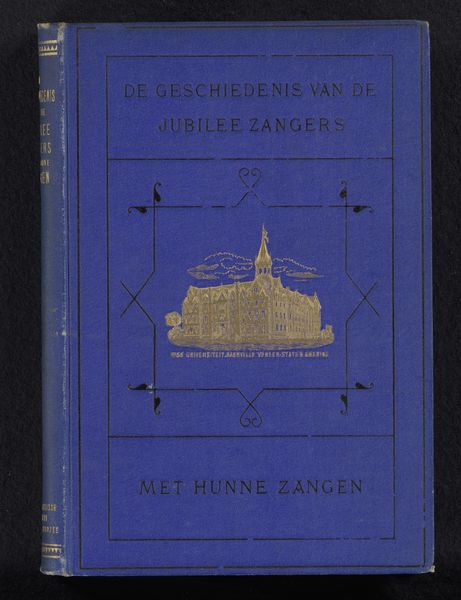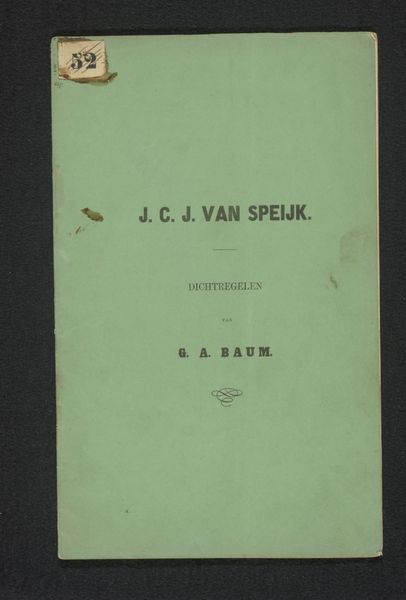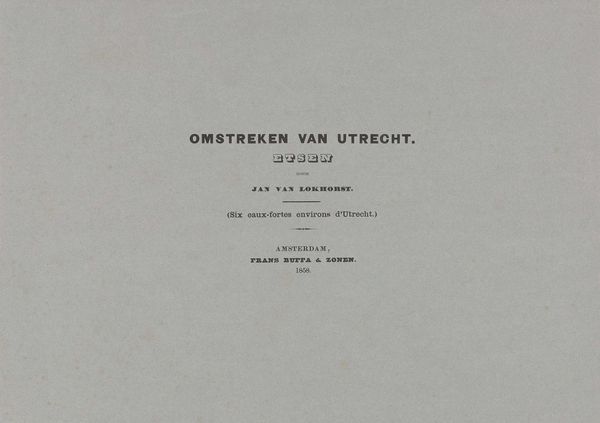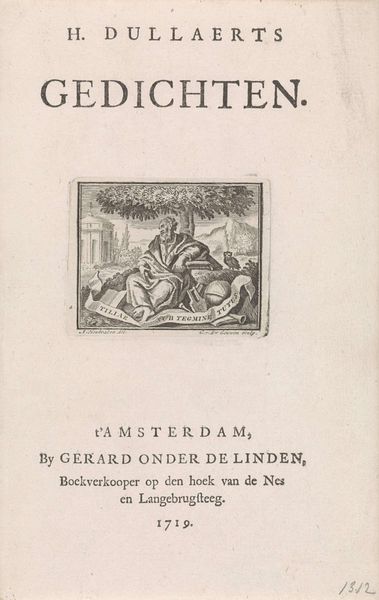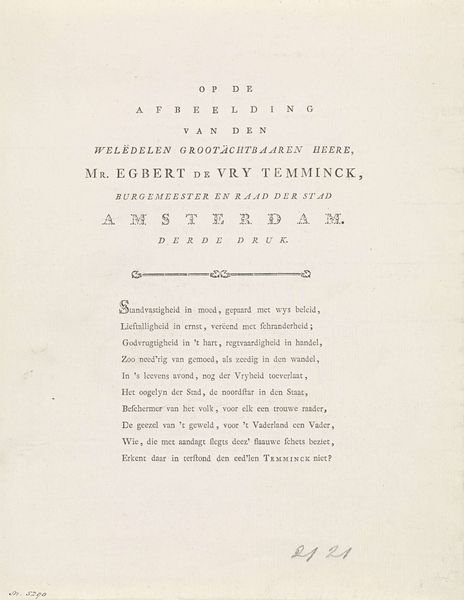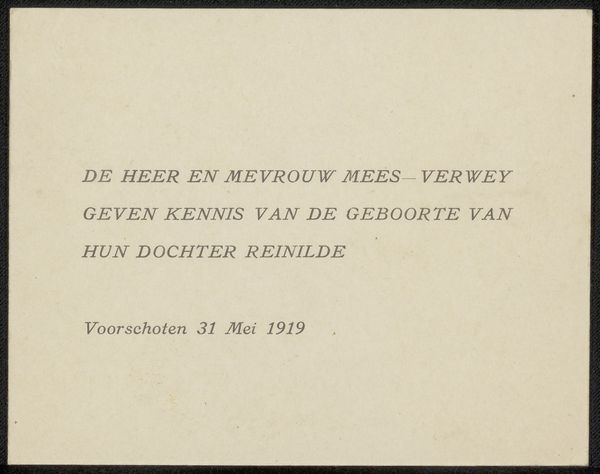
Leporelloalbum met 28 foto's van Amsterdam en omstreken c. 1865 - 1900
0:00
0:00
print, photography, albumen-print
#
portrait
#
dutch-golden-age
# print
#
photography
#
cityscape
#
albumen-print
Dimensions: height 220 mm, width 368 mm, width 176 mm, thickness 18 mm
Copyright: Rijks Museum: Open Domain
Curator: Here we have a fascinating album of albumen prints from around 1865 to 1900, titled "Leporelloalbum met 28 foto's van Amsterdam en omstreken," which translates to "Leporello album with 28 photos of Amsterdam and surroundings." It offers a glimpse into Amsterdam’s cityscape during that era. Editor: Immediately, the ornate cover catches my eye. The red and gold, along with that intricate border, evoke a feeling of classical elegance and a certain bourgeois sentimentality. The materiality itself suggests a certain value was placed on its contents. Curator: Indeed, albumen prints were a popular photographic process in the 19th century, utilizing egg whites to bind the photographic chemicals to the paper. It created images of exceptional detail, highly valued by both amateur and professional photographers, indicating a level of both technical skill and capital investment. Editor: From a formal perspective, consider the composition of the cityscapes inside, the arrangements of buildings, waterways, and the presence, or absence, of people. What ideological viewpoints are represented in these choices of perspective, in the way that visual space is managed? Curator: That’s a very interesting question. I think that the choices made are indicative of both a specific social moment in Amsterdam, as well as broader, almost global, systems. Remember that this time frame coincides with significant social and infrastructural transformations; we’re seeing, via photography, Amsterdam consciously constructing an idea of itself for its citizens, but also for the broader world through consumption and trade. Editor: So it served both a documentary and promotional function? It seems to operate at this intersection. Curator: Precisely. Albums like these reflect and reinforce a sense of civic pride and an expanding awareness. This reflects a shift towards a nascent sense of nationalism and civic identity within a rapidly modernizing society. Editor: It also invites reflections on labor, doesn’t it? From the making of the album, to the labor captured in street scenes, to the people enjoying the environment, there are clear considerations of class. Curator: A powerful lens for understanding Amsterdam's history through the framework of material processes. Editor: And seeing it now allows a contemporary audience to think through how images like these are actively constructing collective identities. Curator: A final note: let's consider how viewing Amsterdam in this manner deepens our perspective and enriches understanding of its history and the cultural work photography was actively doing at the time.
Comments
No comments
Be the first to comment and join the conversation on the ultimate creative platform.
